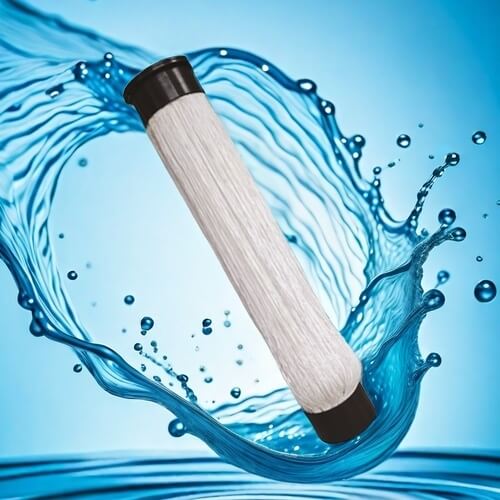How to control pH value in electroplating wastewater treatment
Controlling pH value is an important step in ensuring the effectiveness of electroplating wastewater treatment. Here are some commonly used methods and techniques:
1. pH regulating tank
Function: The wastewater first enters the pH adjustment tank, and the pH value is adjusted to the desired range by adding acid (such as sulfuric acid, hydrochloric acid) or alkali (such as sodium hydroxide, lime milk).
Application: For example, for chromium containing wastewater, the pH is usually adjusted to 2.5 to 3 for subsequent reduction treatment.
2. Automatic control system
Principle: Installing a pH automatic control system in the regulating tank can monitor and adjust the pH value of wastewater in real time.
Application: Control the dosage of acid or alkali through an automated system to ensure that the pH value is maintained within the set range. For example, in the chromium reduction tank, the pH is controlled between 7.5 and 8 to promote the precipitation of chromium hydroxide.
3. Neutrality method
Principle: Through acid-base neutralization reaction, adjust the acidity and alkalinity of electroplating wastewater to make it close to neutrality.
Application: Commonly used for treating acid pickling wastewater to make it suitable for subsequent treatment steps

4. Chemical additives
Method: Specific chemical agents such as reducing agents (such as sodium sulfite) are added to the wastewater to lower the pH value, or sodium hydroxide is added to increase the pH value.
Effect: This method can effectively change the state of metal ions in wastewater, providing conditions for subsequent precipitation and removal
5. Monitoring and adjustment
Monitoring equipment: Use online pH meters and ORP meters to monitor the pH and oxidation-reduction potential (ORP) of wastewater in real time.
Adjustment strategy: dynamically adjust the dosage of medication based on monitoring data to ensure stability and efficiency during the processing
Conclusion
Controlling the pH value of electroplating wastewater is the key to achieving effective treatment. By combining automatic control systems, chemical additives, and real-time monitoring technology, the acidity and alkalinity of wastewater can be effectively regulated and maintained, thereby improving the efficiency of subsequent treatment processes and effluent quality.
